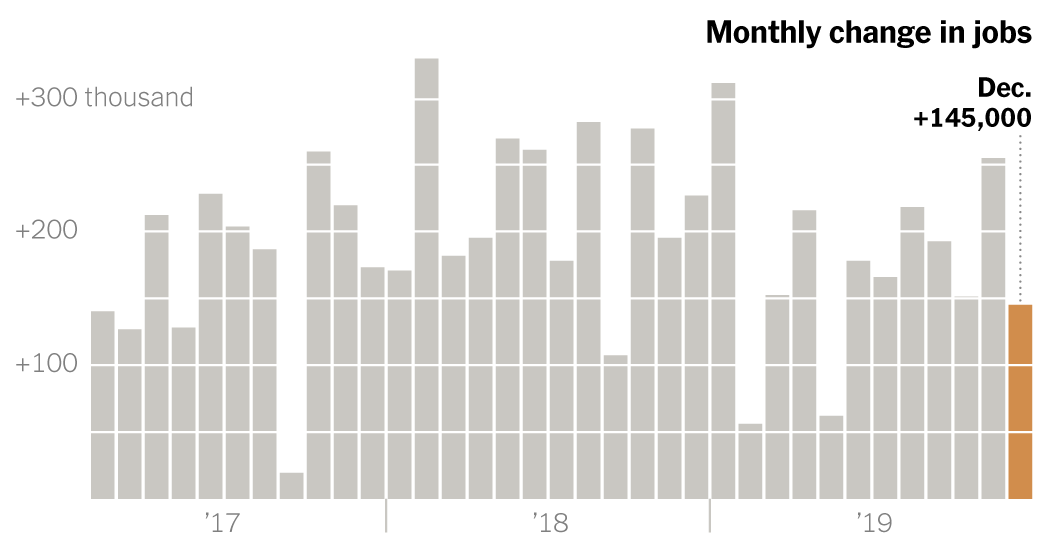“As rosy as the numbers look from a high level, there’s still pain out there, jobs cuts that are happening, industries that are struggling and people losing their jobs,” he said.
Because the company’s survey tracks layoff announcements, Mr. Challenger said, it’s “a bit more forward looking” than the Labor Department’s figures. Plans can change, he noted, but the results “point to sentiments, if they think they’re going to cut.”
Boeing, as well as the aerospace industry on the whole, is still reeling from the aftermath of two accidents that killed 346 people. Spirit AeroSystems, which makes the fuselage for the 737 Max, said on Friday that it would lay off 2,800 people in response to Boeing’s decision to suspend production of that jet.
The manufacturing sector is particularly important to Mr. Trump and his voters, and “especially in an election year, the trajectory is going to be important,” said Rubeela Farooqi, chief United States economist for High Frequency Economics.
There has been some progress on the trade front: The United States and China are expected to sign an agreement on the first phase of talks next week.
But persistent uncertainty, which nudges businesses to be more cautious in hiring and investment, is far from clearing. Two-thirds of Chinese imports, worth $360 billion, are still subject to tariffs. And Mr. Trump has said he will impose more tariffs on imports from Europe this month.
The threat of a broader clash between the United States and Iran after the president’s decision to kill a top Iranian general has added to the unsettled atmosphere. Iran struck American air bases in Iraq in retaliation this week, but the attacks are said to have resulted in no casualties, and tensions have eased.

